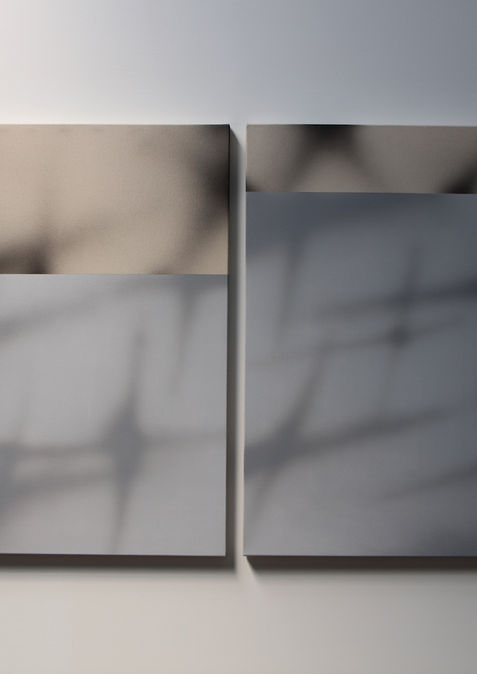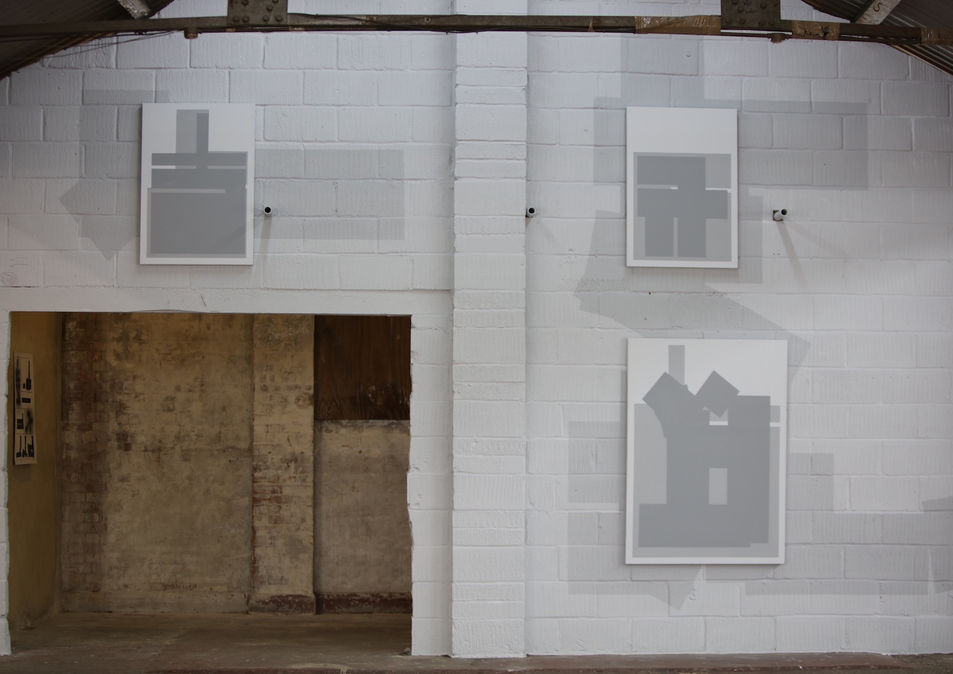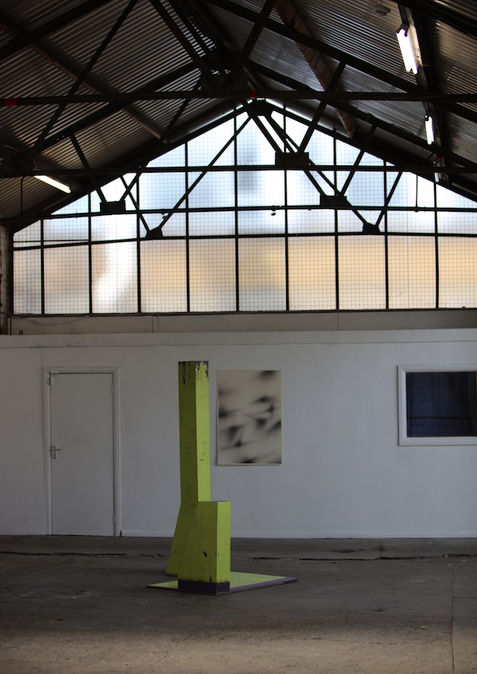Slippage: Performative Utterances in Painting
Post_Institute, London | Apr 5 - Apr 26, 2018
Konrad Wyrebek, Martine Poppe, Lucas Dupuy, Mike Ballard, Ry David Bradley
Inaugurating Post_Institute in April 2018, von Goetz is pleased to announce it’s upcoming show, Slippage: Performative utterances in painting, curated by Lucy von Goetz and Oliver Morris Jones. The Brixton site will play host to five artists for whom painting offers structural and aesthetic modalities as art-historical principles to be rearranged, subverted and evolved. The painterly vocabularies of Mike Ballard, Ry David Bradley, Lucas Dupuy, Martine Poppe and Konrad Wyrebek use visual language as an implement of camouflage—the image and form become fluid tools that shape-shift and disguise themselves; a constructive instability.
Within the structures of language, there exists a dichotomy between the informer and the informed, presupposing a shared knowledge of process. No preordained structure dictates a reading of the information such that it maintains its integrity and holistic conception of its origin. Slippage is therefore a term that can be applied to the process through which visual art utilises form to compromise translation. Like a phrase or colloquialism where no equivalent exists in another language, the idea becomes abstracted and performative—intention is construed and stretched to accommodate a dissonance to the point of reference.
All the artists on display amputate the painting from its root. Like a phantom limb, there is an absent, dislocated origin that nudges at a reading of the work that is correlational and indexical. In the paintings of Mike Ballard and Martine Poppe, photography provides the entry point for the composition, however it is through painting that the content becomes isolated and unstable.
Poppe’s use of the support as a frame places the plane of the painting in a liminal space, insisting neither on flatness or illusionistic space, rather a complex layering of the real and photoreal. The hazy palettes of her paintings enact distant memories; the mindful construction of a moment that has slipped from descriptive certainty, wherein objective truth is surrendered to interpretive suspense.
Ballard’s paintings use a vocabulary of remnants. A process of attrition underpins his practice—from photographs of urban matter that has succumb to time, to the abrasive method of printing that produces errors and denatures the image further. The effect that is produced is a dynamic, analytical image, starkly superimposed over canvas and paint. In Ballard’s sculpture, the physical material of hoardings and timber is reconstructed, their purpose inverted, calling themselves to attention rather than denial. For Slippage, Ballard will create a unique sculpture from materials found in the Brixton locale.
A topology of painting exists whereby the properties of the network are continuously altered through the propagation of its parts, constantly being manipulated and added to in order to produce an ecosystem of visual material. In the urban centre, the network is fed by digital bytes that produce the effect of a microorganism – acting as building blocks for more complex forms, but also as agents of decay that digest matter through a process of decomposition.
In the paintings of Konrad Wyrebek, the impoverished, digital image—of low resolution and high speed downloads—is made concrete. Sampled and corrupted, their assimilation into reality results in bytes and pixels become a foreign language. A visual vocabulary that is loosely translatable through mutual phrasings and logical composition and structure. Given only a rhizome of colour and form, the image is a precarious agent within this structural network.
The rate of change and exchange of visual matter has produced a graveyard of forms that succumb to premature obsolescence. With a loss of authorial agency in digital and print production, networks of visual language become self-sustaining ecosystems where matter is produced, exhausted and recycled. Art can be therefore considered a laboratory facility; an experimental storage space for forms that are approaching extinction, in addition to the production of new combinations and formulations of image, privileging creation over perpetuation.
For Ry David Bradley, the dichotomy of the biological and the digital is the unifying concept underpinning his practice. Cyborgs and biotech are species of organism that navigate the new landscape of the digital. How and where does this landscape exist and how can it be reified physically? Bradley’s work poses questions that remain largely unanswered, conjuring gossamer images of signs that have yet to be translated, and terrain that has not yet been colonised.
Lucas Dupuy’s analytical and deconstructive practice inflects the compositions innate to language. Letters and numbers appear transposed as ciphers and symbols, referencing the formalities of geometric abstraction and the hard edges of brutalist architecture. In the context of Slippage, the paintings have a distinct character: proposing alternative writing systems that create an open-ended and heterogeneous dialogue.
Slippage: Performative utterances in painting constructs an environment that investigates the conception of visual art practice as a science of language – testing the fluid procedure of information transference. Through mining the painter’s relationship to form and its application in the ecosystem of digital signs and historical referents, the group exhibition will posit the role of the artist as an authorial agent, assessing how image functions in relation to collective dialogue and how a changing climate of technology and digitisation destabilises the environment of visual language.



















